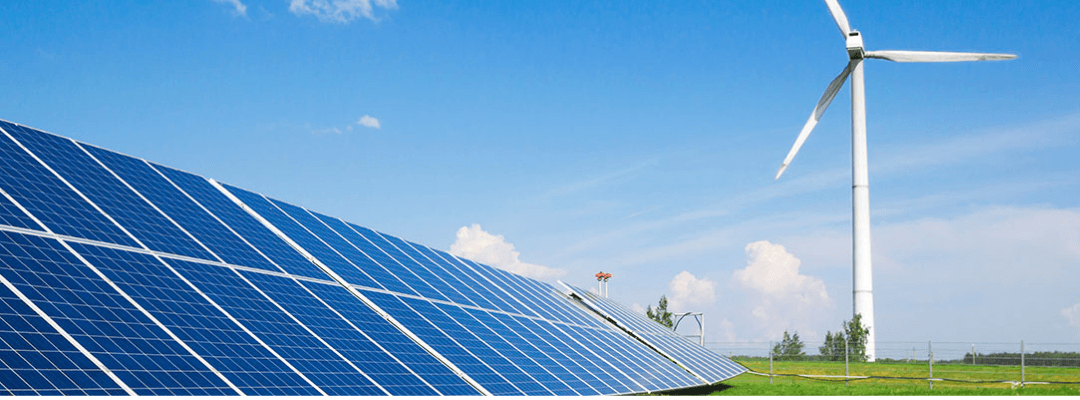When planning a solar farm project, choosing the right financing model is crucial. Two primary options dominate the landscape: Capital Expenditure (CAPEX) and Operational Expenditure (OPEX). Each model offers distinct advantages and trade-offs in terms of investment, ownership, risk, and long-term value.
This guide breaks down the key differences between CAPEX and OPEX models to help businesses, institutions, and investors make informed decisions based on their financial strategy, risk appetite, and energy goals.
What is the CAPEX Model?
CAPEX (Capital Expenditure) refers to a model where the business invests upfront in purchasing and installing the solar power system. This approach gives full ownership and long-term control over the energy asset.
Benefits of CAPEX:
Total Ownership & Operational Freedom
You fully control system operations, upgrades, and decisions — with no dependency on third-party providers.
Maximum Long-Term Savings
After recovering the initial investment (typically within 4–7 years), energy generation is virtually free, making this model ideal for long-term savings.
Access to Financial Incentives
Take advantage of tax credits, accelerated depreciation (like India’s AD benefit), and government subsidies directly.
Asset Addition
The solar plant becomes part of your business’s asset base, contributing to valuation and potential resale value.
Flexibility
With no long-term service contracts, you retain freedom to modify, expand, or upgrade the system anytime.
Drawbacks of CAPEX:
High Initial Investment
Significant upfront capital is required for system procurement, installation, and commissioning. Financing may be necessary.
Ongoing Maintenance Responsibility
You must manage regular maintenance, system monitoring, and handle unexpected failures or downtimes.
Technology Risk & Depreciation
Over time, panel efficiency may degrade, and outdated tech might require costly upgrades.
What is the OPEX Model?
OPEX (Operational Expenditure) is a pay-as-you-go model where a third-party solar developer installs and maintains the system. The business pays only for the electricity used, usually via a Power Purchase Agreement (PPA).
Benefits of OPEX:
Low/No Upfront Cost
Ideal for organizations that want to adopt solar energy without large capital outlays.
Hassle-Free Operations
All maintenance, repairs, and monitoring are handled by the service provider — reducing operational burden.
Performance Guarantees
Most providers ensure a minimum energy output, insulating you from performance risk.
Predictable Billing
Pay fixed or usage-based rates (per kWh), which simplifies budgeting and avoids market volatility.
Drawbacks of OPEX:
Higher Long-Term Costs
Over the 15–25 year contract duration, total payments may exceed the cost of outright ownership.
Lack of Ownership
You don’t own the solar asset — so there’s no appreciation, and you miss out on tax incentives and capital benefits.
Limited Flexibility
Long-term PPAs may include rate escalation clauses and early termination fees, locking you into rigid terms.
Potential Cost Premium
Providers factor in risk, guarantees, and service into the pricing, which can lead to a premium over market energy rates.
CAPEX vs OPEX Model – A Side-by-Side Comparison
| Feature | CAPEX Model | OPEX Model |
| Ownership | You own the system | Third-party provider owns the system |
| Initial Investment | High upfront capital | Minimal or zero upfront cost |
| Maintenance | Your responsibility | Provider handles maintenance |
| Financial Incentives | You benefit from subsidies/tax credits | Provider retains incentives |
| ROI | High over long term | Predictable savings, lower ROI |
| Contract Length | None | Long-term PPA (15–25 years) |
| Best Suited For | Large businesses, long-term investors | Startups, SMEs, cost-sensitive users |
Which Model is Right for You?
The right choice depends on your organization’s financial health, long-term goals, and operational strategy:
Choose CAPEX if you:
- Have access to upfront capital
- Want long-term energy cost savings
- Prefer complete ownership and control
Choose OPEX if you:
- Prefer a low-risk, no-investment approach
- Want to avoid maintenance responsibilities
- Need predictable energy costs and flexible scalability

